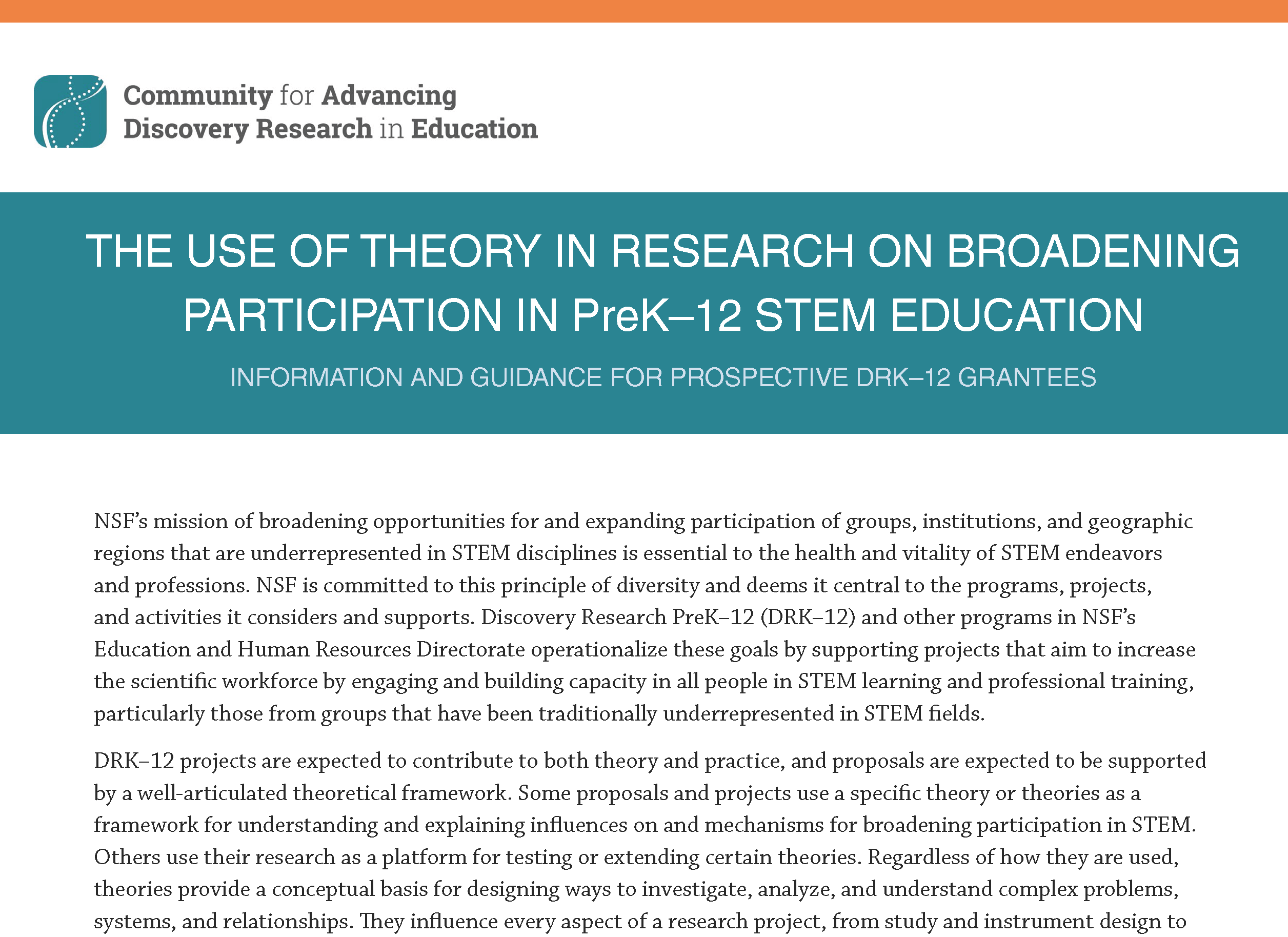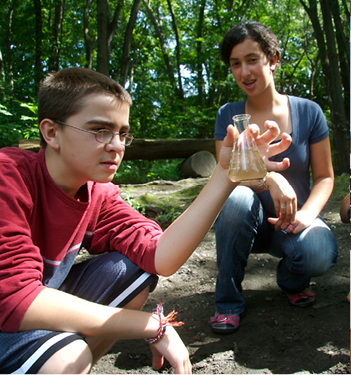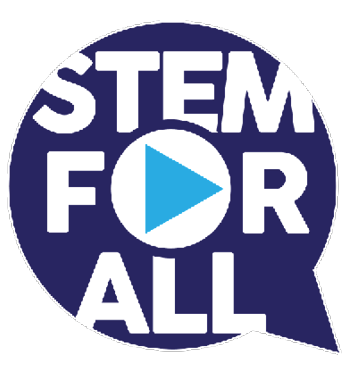Broadening participation aims to strengthen the STEM fields and STEM literacy by engaging and building capacity in all people in STEM learning and professional training, particularly those from groups that have been traditionally underrepresented in STEM fields. This spotlight focuses on increasing involvement in STEM in several ways:
- supporting interest and achievement in STEM learning for underserved or underrepresented student populations;
- increasing teacher diversity and voice in STEM research, development, and policy; and
- forming strategic research and development partnerships.
CADRE BRIEFS & PAPERS
 Creating Inclusive PreK-12 STEM Learning Environments (2018)
Creating Inclusive PreK-12 STEM Learning Environments (2018)
This brief highlights steps for education decision-makers to take to improve STEM education for ALL students.
 The Use of Theory in Research on Broadening Participation in PreK–12 STEM Education: Information and guidance for prospective DRK–12 grantees (2018)
The Use of Theory in Research on Broadening Participation in PreK–12 STEM Education: Information and guidance for prospective DRK–12 grantees (2018)
This paper seeks to provide a resource for prospective DRK-12 awardees by identifying some of the theories that current and recent DRK-12 awardees are using in their research on broadening participation.
Culturally Responsive STEM Education (2016)
At the 2016 DRK-12 PI Meeting, Amy Wilson-Lopez from Utah State University led a roundtable discussion on the topic of culturally responsive STEM education. This session resource provides an overview of culturally relevant education (CRE); describes its theoretical grounding in STEM education; and offers examples of CRE in mathematics, science, technology, and engineering.
Partnership Building as a Broadening-Participation Strategy: Helping Researchers and Developers Bridge the Gaps in STEM Education (2016)
This brief examines the continued underrepresentation of African Americans, Latinos, Native Americans, and women of all racial and ethnic backgrounds in STEM fields; explains the benefits of collaboration around broadening participation; and offers guidance on building partnerships as a strategy for bridging the gaps in STEM education.
 Broadening Participation-Making STEM Learning Relevant and Rigorous for All Students (2015)
Broadening Participation-Making STEM Learning Relevant and Rigorous for All Students (2015)
This brief explores factors that contribute to opportunity gaps in STEM education based on race, ethnicity, gender, ability, and socioeconomic status. It showcases the work of several DRK-12 projects and describes promising approaches for removing barriers for underrepresented groups and enhancing the STEM learning of all students.
RELATED CADRE SPOTLIGHTS
Culturally Responsive STEM Education (2019)
In this Spotlight, learn about culturally responsive PreK-12 STEM education and DRK-12 projects researching culturally responsive instruction, curricula, and assessment.

English Language Learners (2020)
This Spotlight features DRK-12-funded projects that are researching and developing approaches to improving STEM learning for students classified as English language learners (ELLs) or English learners (ELs).

Rural STEM Education (2019)
Explore how DRK-12 projects are increasing access to resources and opportunities in rural communities that can improve student achievement and representation in STEM.

Students with Disabilities (2018)
This Spotlight features DRK-12 projects that are addressing approaches and developing tools to support STEM teaching and learning for students with disabilities.

Women and Girls in STEM (2019)
This spotlight features DRK-12 projects working to on solutions to engage and support women in STEM fields.
BROADENING PARTICIPATION IN THE NSF VIDEO SHOWCASES
 The STEM for All Video Showcases featured several projects focused on broadening participation. View a playlist of videos from 2017-20 that show how DRK-12 projects are attempting to make STEM more inclusive.
The STEM for All Video Showcases featured several projects focused on broadening participation. View a playlist of videos from 2017-20 that show how DRK-12 projects are attempting to make STEM more inclusive.
BROADENING PARTICIPATION POSTER HALL

Explore a collection of broadening participation posters that features DRK-12 projects focused on broadening participation in STEM education research and development.
RESOURCES FOR BUILDING PARTNERSHIPS
Partnerships are a key component for broadening the participation of underrepresented groups in STEM fields. They involve diverse groups of stakeholders, such as universities, industry, nonprofit organizations, schools/districts, community centers, or museums, collaborating in a variety of different ways. Minority Serving Institutions (MSIs) are one stakeholder example. These include Historically Black Colleges and Universities (HBCU), Hispanic-Serving Institutions (HSI), and Tribal Colleges and Universities (TCU). Partners such as these are uniquely positioned to provide researchers and developers with information about target populations; inform research questions; assist with culturally responsive project design, implementation, and evaluation; and aide in dissemination and outreach. The lists below provide the names and locations of these institutions. We encourage you to research the programs at MSIs to gain a sense of the work being done within those communities, and to explore possibilities for collaboration.
- HBCU List
- HSI List
- TCU List
- The Research-Practice Partnership (RPP) Toolkit
- CADRE Brief: Partnership Building as a Broadening-Participation Strategy

